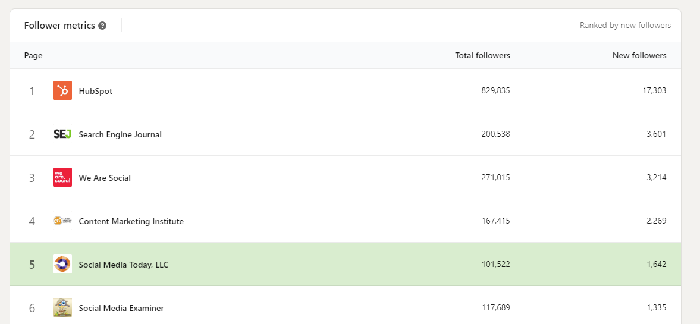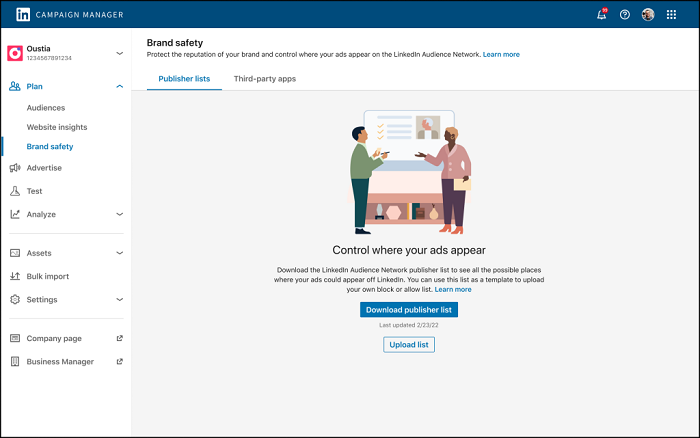LinkedIn has announced its latest feature drop for Company Pages, which includes new ways to highlight your newsletter, a new, more privacy-friendly way to segment your ad audience, and updated competitor analytics.
First off, on newsletters, which have seen big growth on LinkedIn of late.
To further encourage brands to get into the LinkedIn newsletter game, and promote their products and services more directly, LinkedIn will now provide more options to maximize discovery, with company pages able to add SEO titles, descriptions and tags in their newsletter uploads.
As explained by LinkedIn:
“When members search for your Page on LinkedIn, we’ll ensure they can easily find and subscribe to your Newsletter directly from the search results. To gain visibility and traffic when your audience is searching off LinkedIn, you can intentionally incorporate SEO best practices by setting your Article’s SEO titles, descriptions, and tags. And as your Page continues to grow, we’ll automatically send your new followers a notification to subscribe to your Newsletter.”
As noted, newsletters have been a winner for LinkedIn, with many brands now able to maintain engagement, and keep their audiences updated, via this LinkedIn native tool.
There are some limitations around collecting contact info and maintaining connection with your audience independent of LinkedIn, but if you’re looking to maximize your in-app engagement, it could be worth considering.
LinkedIn’s also rolling out some new elements for its Product Pages, with listed products now discoverable via LinkedIn search, and new Product Highlights to showcase specific items.
LinkedIn’s also added some new competitor analytics elements, enabling you to track competitor follower growth, recent post performance, and engagement rates.

It’s similar to Facebook’s competitor tracking, which provides more context as to how you’re page is performing, while you’ll now also be able to discover trending content you’re your competitors to stay up with engagement shifts.
LinkedIn’s also highlighted its new Brand Safety Hub which it launched earlier this month, enabling advertisers to manage placements across its Audience Network:

“With our new Brand Safety Hub, advertisers can find a list of the third-party publishers we work with to help them scale your campaigns, create allow lists to prioritize suitable domains that align with their work, and use DoubleVerify’s brand suitability and custom controls to determine where their campaign impressions are delivered, aligned to their brand values, across the LinkedIn Audience Network.”
LinkedIn’s also launched a new process for ad experiments, which enables advertisers to run experiments on a secure virtual device, while it’s also launched a new Recommendation Hub, which will collect the most relevant AI-based recommendations for your campaigns in a single place.
Finally, LinkedIn’s also launching a new ‘Group Identity’ process for ad targeting, which allocates members into groups based on shared professional traits, including job title, company, industry, and more.
The process is better for individual privacy protection, while also still enabling segmentation based on key traits within LinkedIn’s system.
Group Identity will initially be available for ads running on the LinkedIn Audience Network.
These are some interesting updates – not ground-breaking, but potentially significant for your LinkedIn strategy. And with more brands looking LinkedIn’s way, amid rising usage, and concerns at other apps, it could be a good time to revise your LinkedIn approach, in order to maximize performance.



